
As many parents will readily confirm, raising a child is never a cheap endeavor. From food to childcare to fun activities that will stimulate your child’s mind, there are numerous expenses that you will not be able to avoid as your child grows. Young children quickly outgrow their clothing and toys, and it can be tempting to try to find the cheapest possible clothing and toys so that you can save money as your child grows. However, many chemicals that allow manufacturers to produce inexpensive toys and clothing in large quantities contain compounds that can impair your child’s growth and cause health problems in the future. In today’s post, we’ll outline a few of the most common chemicals manufacturers use in clothing and toys that could be harming your child.
Estella is the leader in high-end baby clothes and organic children’s clothing. We’ve partnered with manufacturers around the world that use GOTS-certified organic cotton to deliver products that are safe for your little ones to wear and play with. Shop our great selection of luxury baby gifts online today!
Brominated Flame Retardants
Also known as “BFRs,” brominated flame retardants are commonly used in textiles and other fabrics to prevent them from catching fire. BFRs and chemically similar compounds have been linked to hormone disruptions, and improper hormone regulation in children can lead to stunted growth and impaired sexual development.
The European Union has outlawed many of these chemicals in recent years, and scientists in the United States are beginning to give these compounds closer scrutiny.
Azo Dyes
Children’s toys and clothing tends to be brightly colored in order to catch the eyes of little ones. Vibrant, electric colors are rarely found in nature, however, and many clothing and toy manufacturers use azo dyes to achieve a range of colors and effects in fabric, leather, and other materials. Some of these dyes release amines, a derivative of ammonia that has been linked to cancer and other detrimental health effects among the people who manufacture them.
Other dyes, including several variations of the color orange, have been found to contain carcinogenic properties. Not all azo dyes are harmful, but it’s difficult for the average consumer to discern which toys and clothing are made using harmful dyes. It’s better to avoid artificial dyes whenever possible, and buying handmade baby toys and organic children’s clothing is a great way to ensure that no azo dyes are being absorbed by your child.
Chemicals Used to Grow Cotton
Cotton is notorious for being “the world’s dirtiest product” because of the chemicals that are frequently used during the production process. You may find this fact surprising, but cotton production accounts for one-quarter of all the pesticide that is used throughout the world. The effects of various chemicals used in the cotton production process are still being studied, but several previously banned pesticides and chemicals were found to have carcinogenic and detrimental effects on the people who encountered them frequently. Many of the insecticides and fungicides used while cotton is growing also negatively affect the surrounding ecosystems. Many of these chemicals are applied using planes that spray the fields while flying overhead, and these chemicals are inevitably carried downwind and transported to areas that are subsequently harmed. These chemicals are known to contaminate water sources and harm the animals and wildlife that inhabit the area. By switching to organic children’s clothing and toys, you can be sure that you’re avoiding harmful chemicals and supporting a healthier planet.
Acrylic Fabrics
Acrylic fabric is a synthetic compound designed to provide manufacturers with a cheap and efficient alternative to more expensive fabrics like cotton and wool. Unlike cotton and wool, which can be manufactured entirely without the use of harsh and harmful chemicals, acrylic fabric requires toxic substances in order to be produced.
The chemicals used in the production of acrylic fabric require special care when being transported and handled, and the majority of the fumes emitted by the acrylic production process are harmful to the environment. Moreover, acrylic can hardly be considered biodegradable, and it is nearly impossible to recycle acrylic fabrics. While acrylic fabric can provide you with a cheap alternative to more expensive fabrics, it’s far better to pay more for a product that won’t harm you, your children, or the environment.
Estella’s Approach to Children's Clothing
You’re probably wondering if you should throw out all of your clothing and start a new wardrobe after reading this article. However, it can be difficult to know where to begin, even if you’re starting from scratch! Many cotton and wool products do not list the chemicals they’ve been treated with, and it can be even harder to identify children’s toys that use harmful dyes and chemicals. At Estella, our approach is simple and designed to make your decision-making process easy. We manufacture organic children’s clothing and handmade baby toys that are sourced from Fair Trade™ workers who use GOTS-certified cotton. You can always rest assured that you’re putting the environment and your child’s health first when you shop with Estella.
We hope that this post will help you purchase products that are safe for your child and the environment. If you’re interested in learning more about our organic infant clothes or our eco-friendly baby toys, don’t hesitate to reach out to us! Estella has helped thousands of current and expecting parents find the perfect luxury baby gifts, and we’d be happy to help you as well – browse Estella online today!


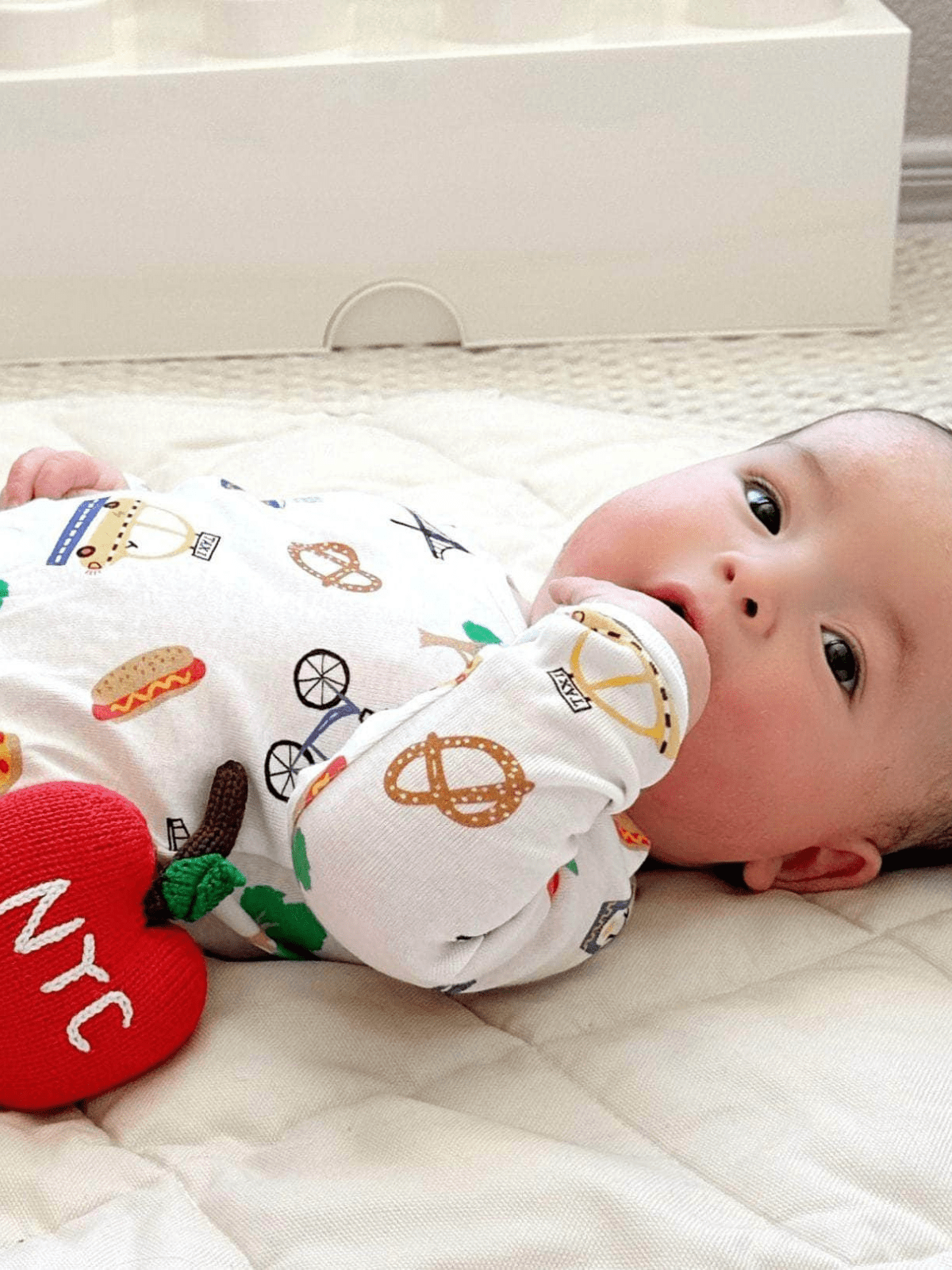
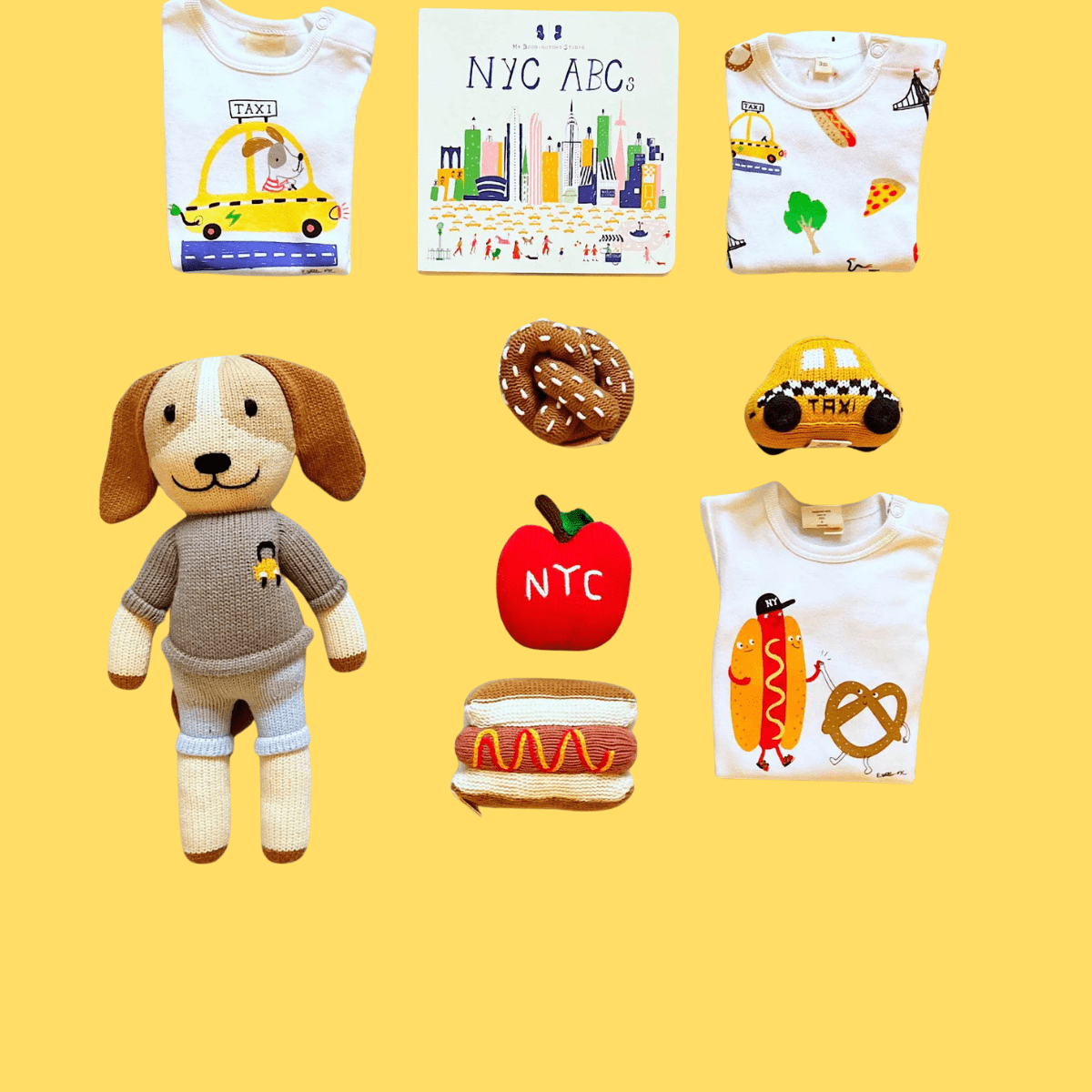
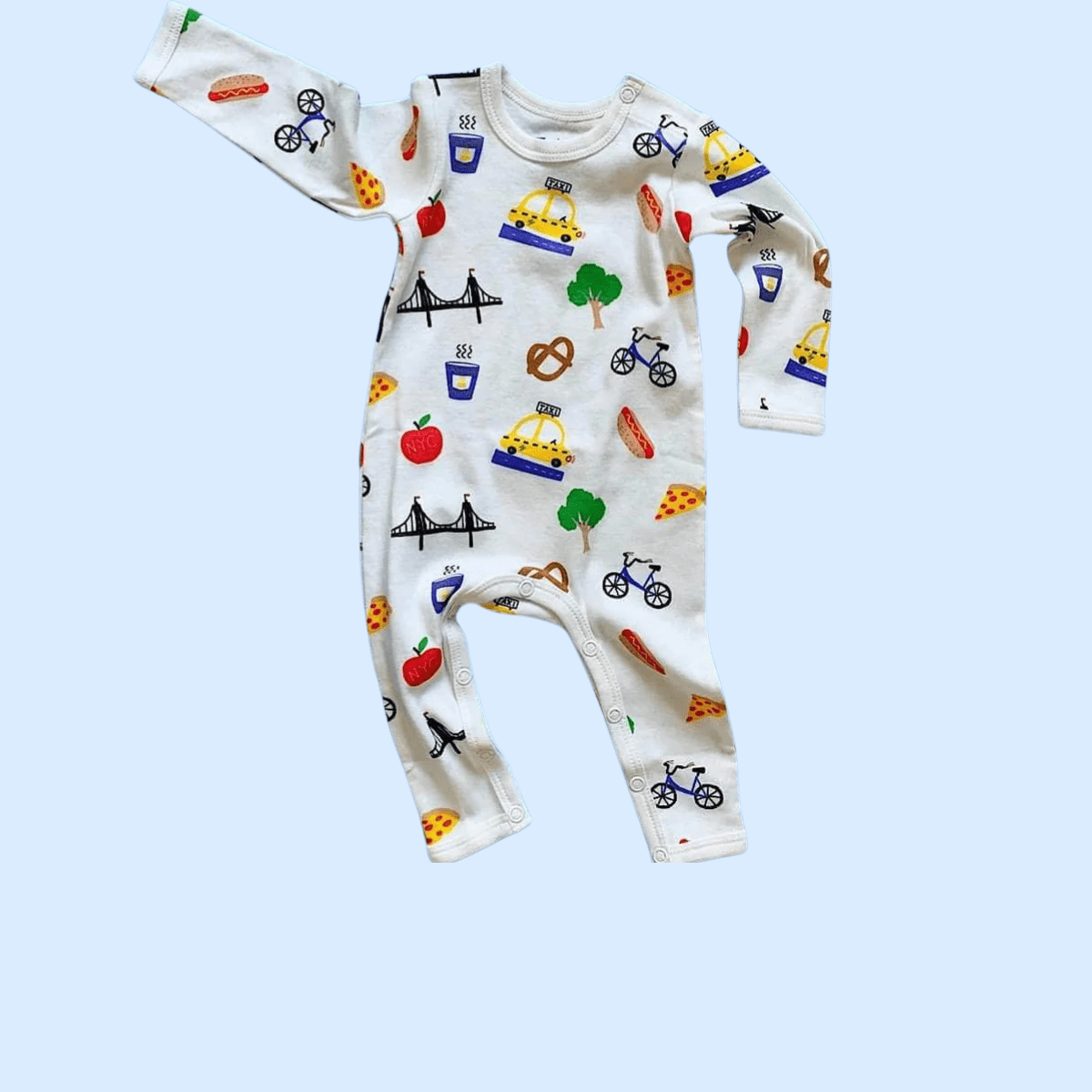
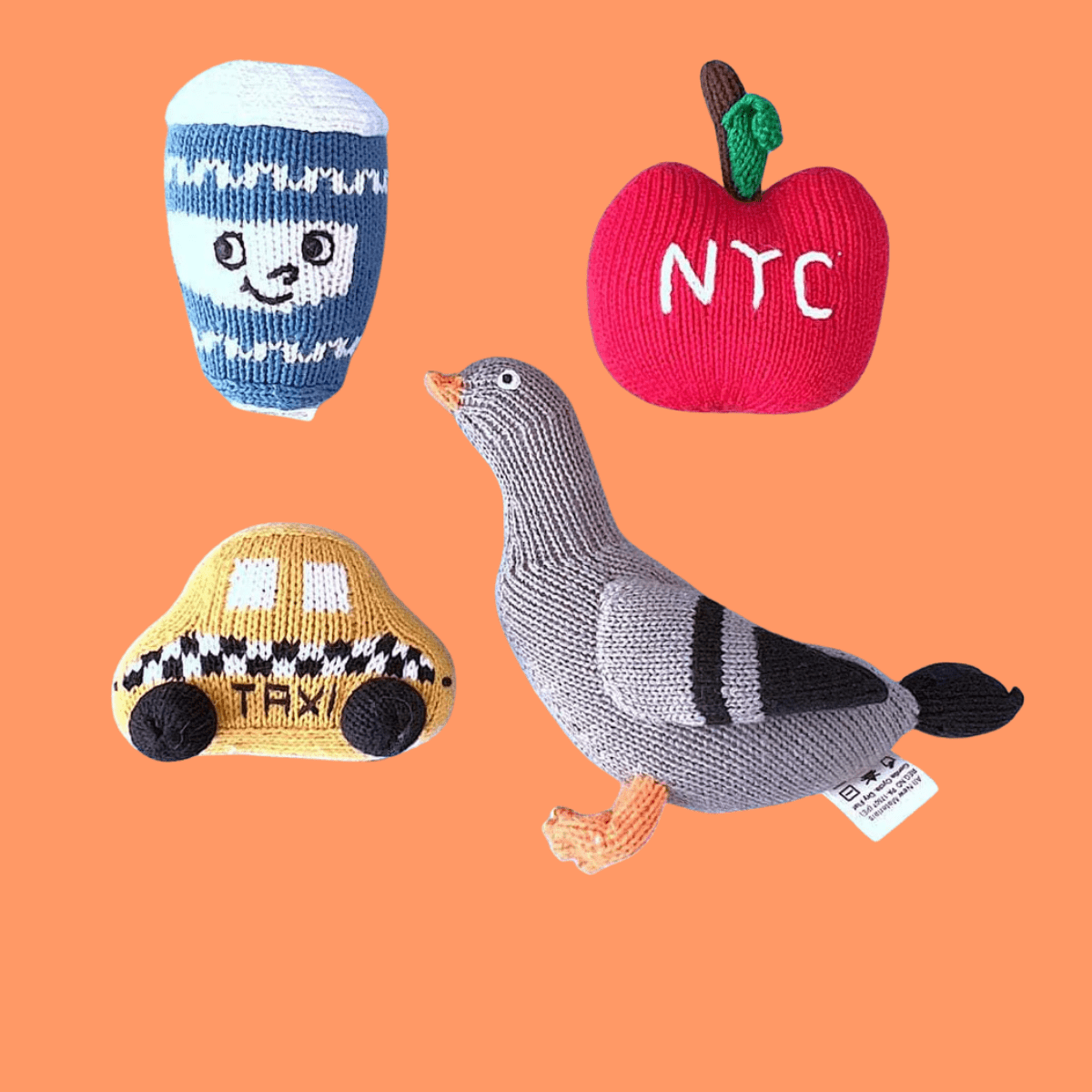
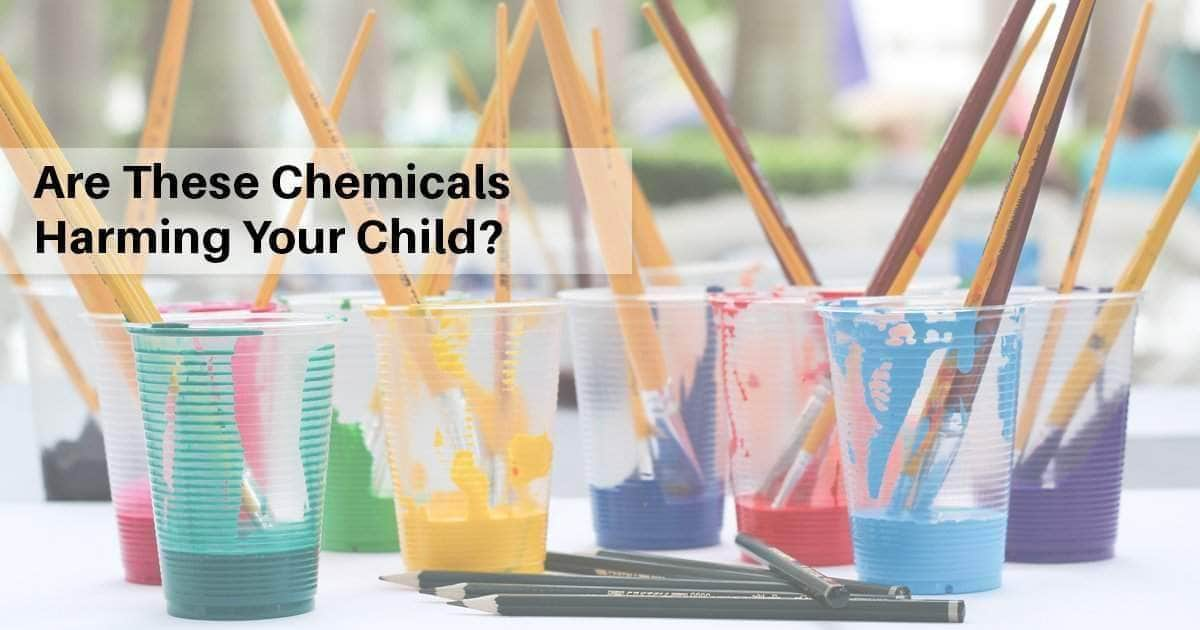

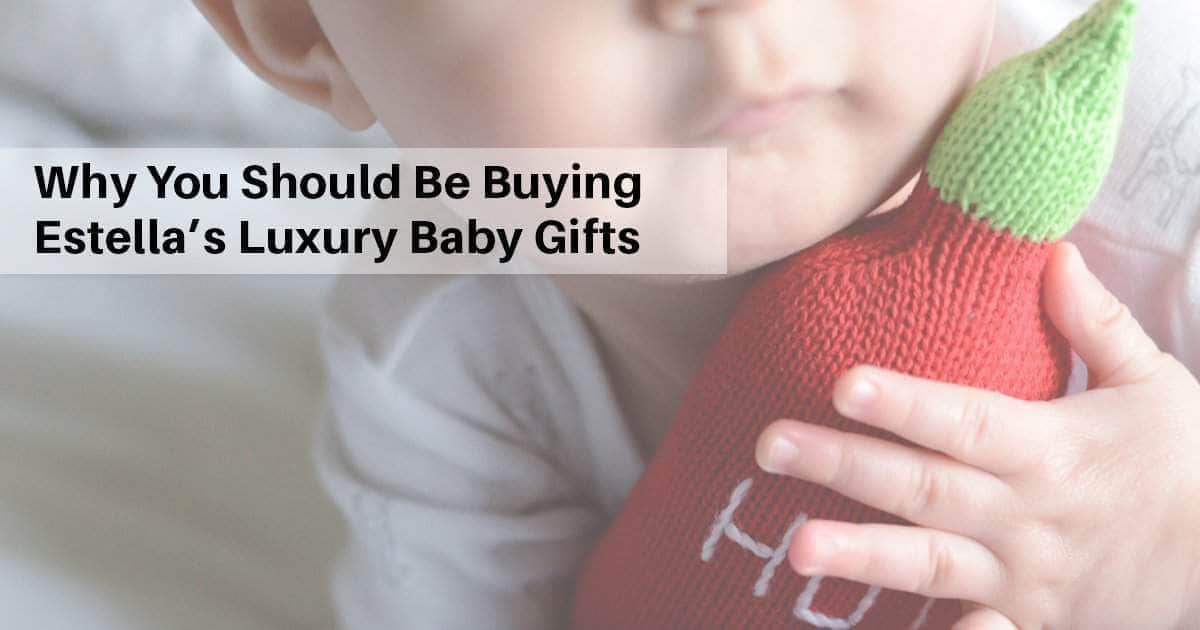
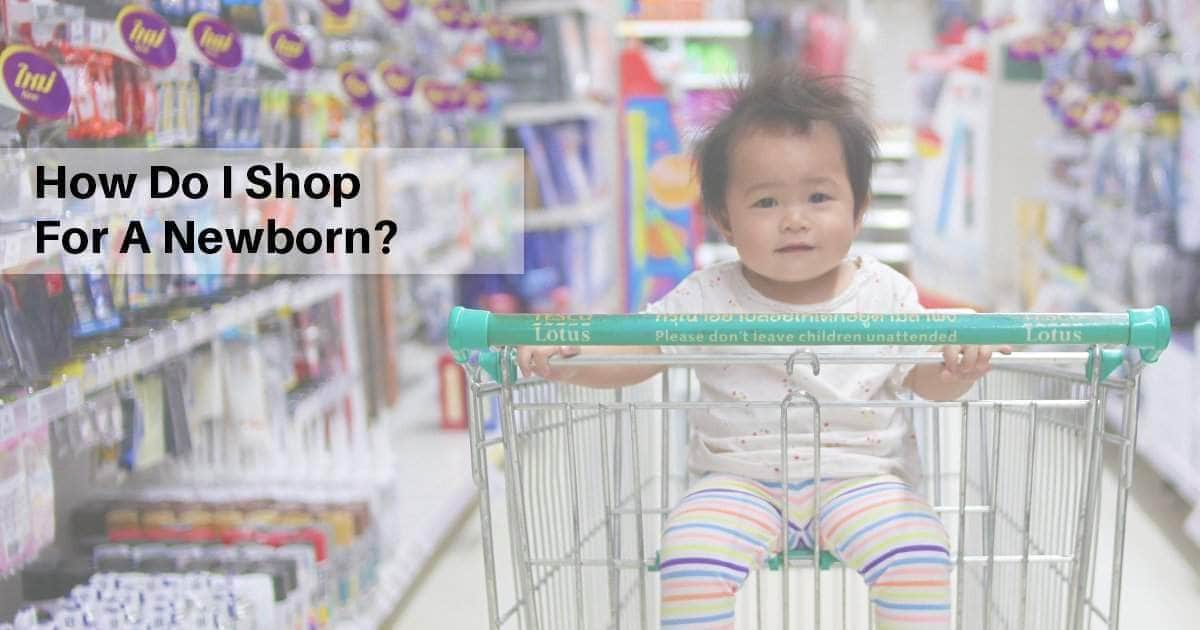
Leave a comment
This site is protected by hCaptcha and the hCaptcha Privacy Policy and Terms of Service apply.